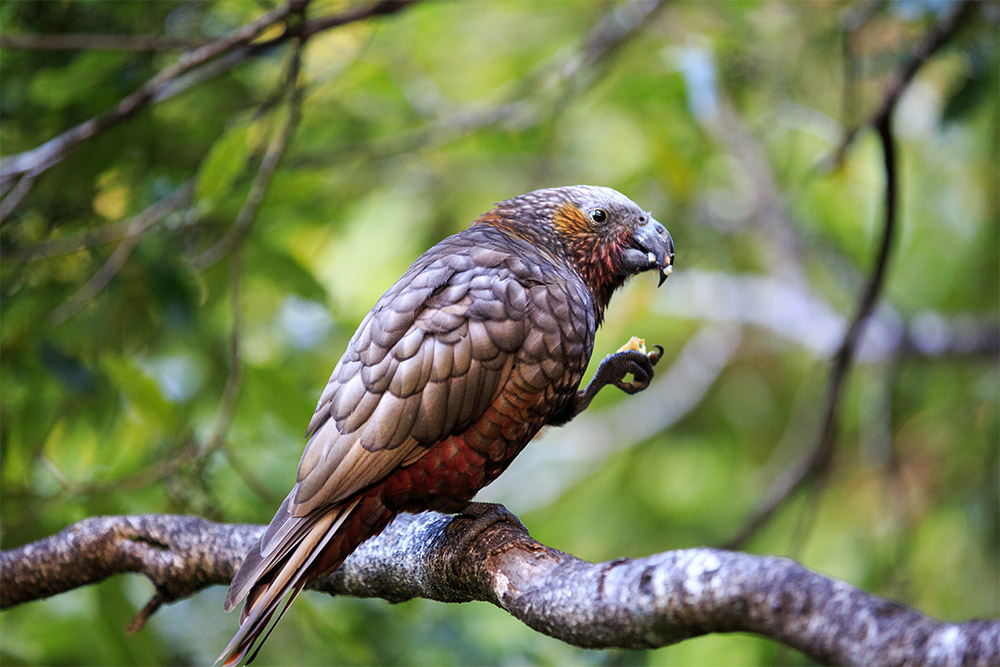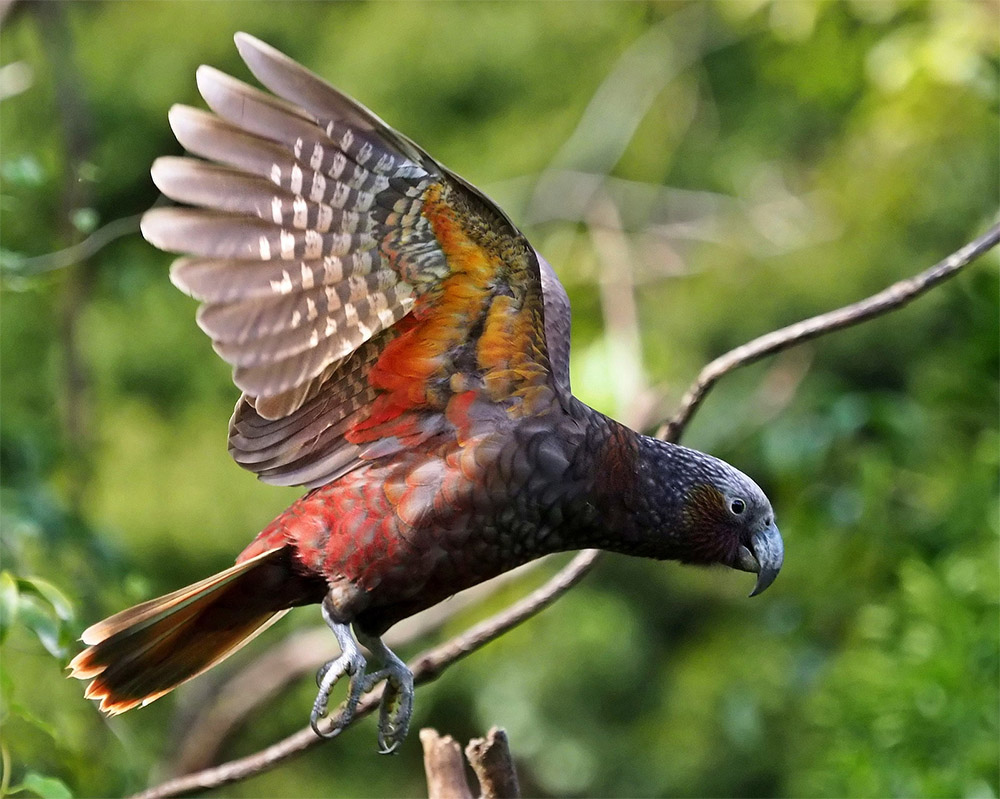December 4, 2024
The Ebiil Society: Champions of Palau
Ann Singeo, founder of our partner organization the Ebiil Society, shares her vision for a thriving Palau and a flourishing world of indigenous science!
We use cookies to help you navigate efficiently and perform certain functions. You will find detailed information about all cookies under each consent category below.
The cookies that are categorized as "Necessary" are stored on your browser as they are essential for enabling the basic functionalities of the site. ...
Necessary cookies are required to enable the basic features of this site, such as providing secure log-in or adjusting your consent preferences. These cookies do not store any personally identifiable data.
Functional cookies help perform certain functionalities like sharing the content of the website on social media platforms, collecting feedback, and other third-party features.
Analytical cookies are used to understand how visitors interact with the website. These cookies help provide information on metrics such as the number of visitors, bounce rate, traffic source, etc.
Performance cookies are used to understand and analyze the key performance indexes of the website which helps in delivering a better user experience for the visitors.
Advertisement cookies are used to provide visitors with customized advertisements based on the pages you visited previously and to analyze the effectiveness of the ad campaigns.
Looking to make an impact this Earth Month? Here’s how.

New Zealand’s native Kākā bird is one of many forest birds under threat due to the presence of mammalian predators. The large parrot stands out with its greyish-brown body with splashes of red and orange on its face and chest. Today the species is rare in the habitat where it once thrived and is most commonly found on off-shore islands where invasive predators have been removed. However, invasive species are not the only concern for the native bird.
Low genetic variability is a new conservation concern for the Kākā. Due to their low populations, they lack genetic diversity; inbreeding within the population is a cause for concern. To improve diversity conservationists are implementing a captive breeding program to reinvigorate the native population.

Just recently conservationists introduced three male Kākā from different regions to four females at Nelson’s Natureland Wildlife Trust. Now they hope the individuals will form breeding pairs. Rosemary Vander Lee Department of Conservation’s South Island Captive Kākā Breeding co-ordinator commented:
This is the beginning of a reinvigoration of the captive breeding population in the north of the South Island. These birds all have genetic links to the top of the south and will potentially create three breeding pairs that could start reproducing as early as next year.

Genetic variability is crucial to the long term health of the population. Without it, the introduction of a virus or pathogen could wipe out the population. The establishment of a new northern South Island Kākā population would create a new source of genetic variation, serving to protect the birds from future environmental changes.
The introduction of these three males is hopefully only the beginning of continued diversification through captive breeding. Conservationists are hopeful that soon they will be able to introduce more male and female individuals to further boost the budding population of native Kākā birds.
Featured Photo: South Island Kākā. Credit: Jake Osborne
Source: Voxy
Check out other journal entries we think you might be interested in.
Notifications